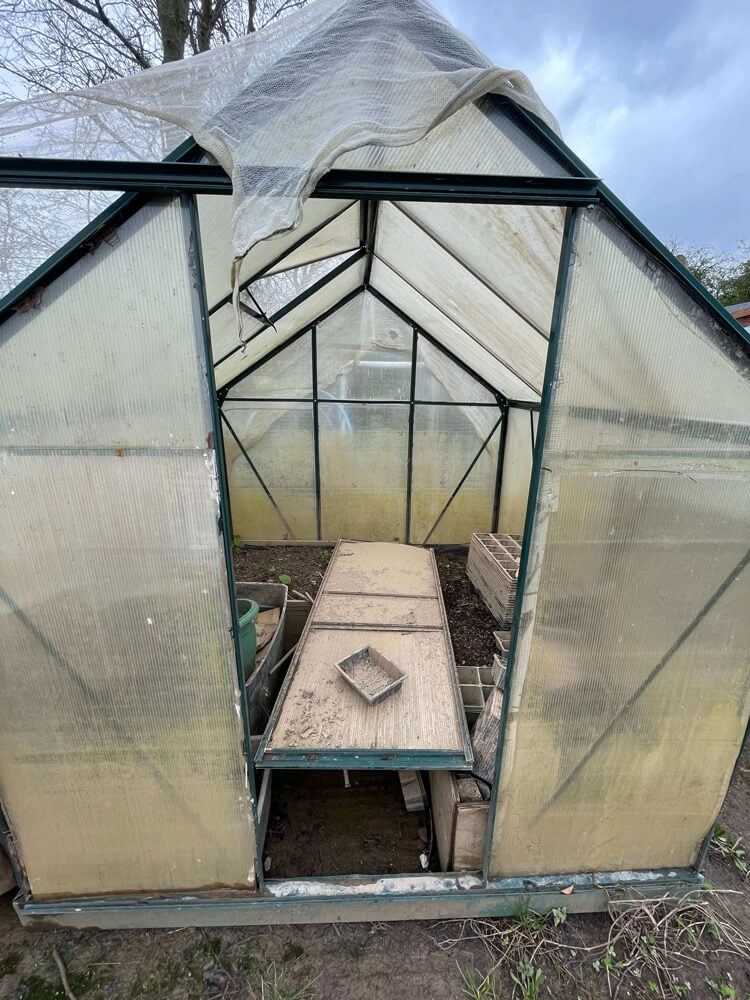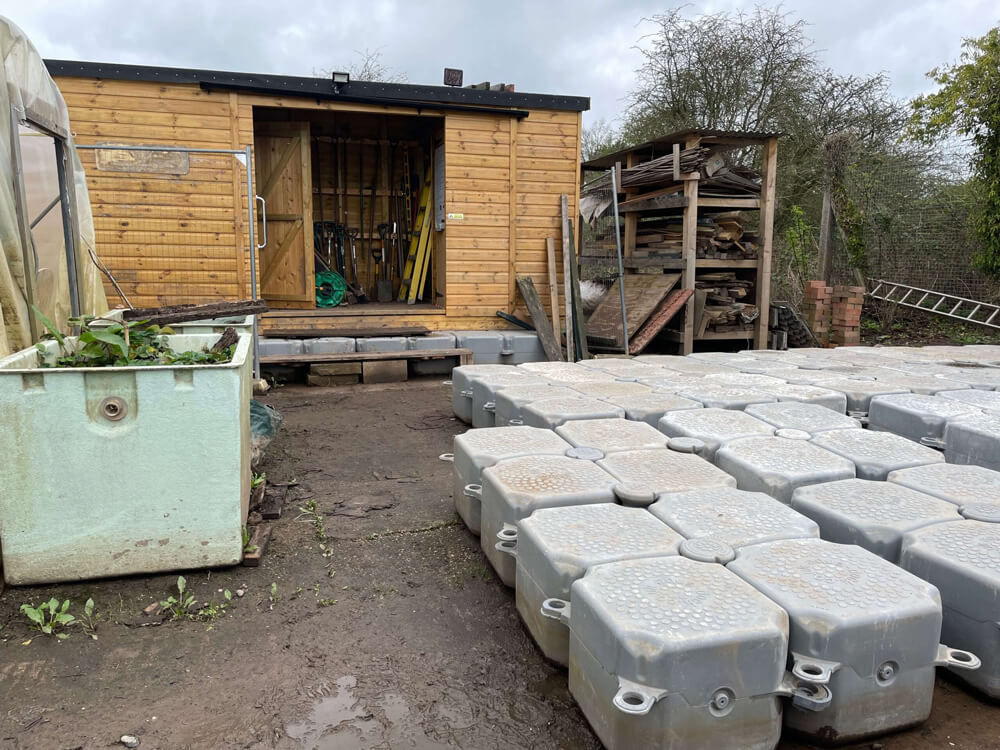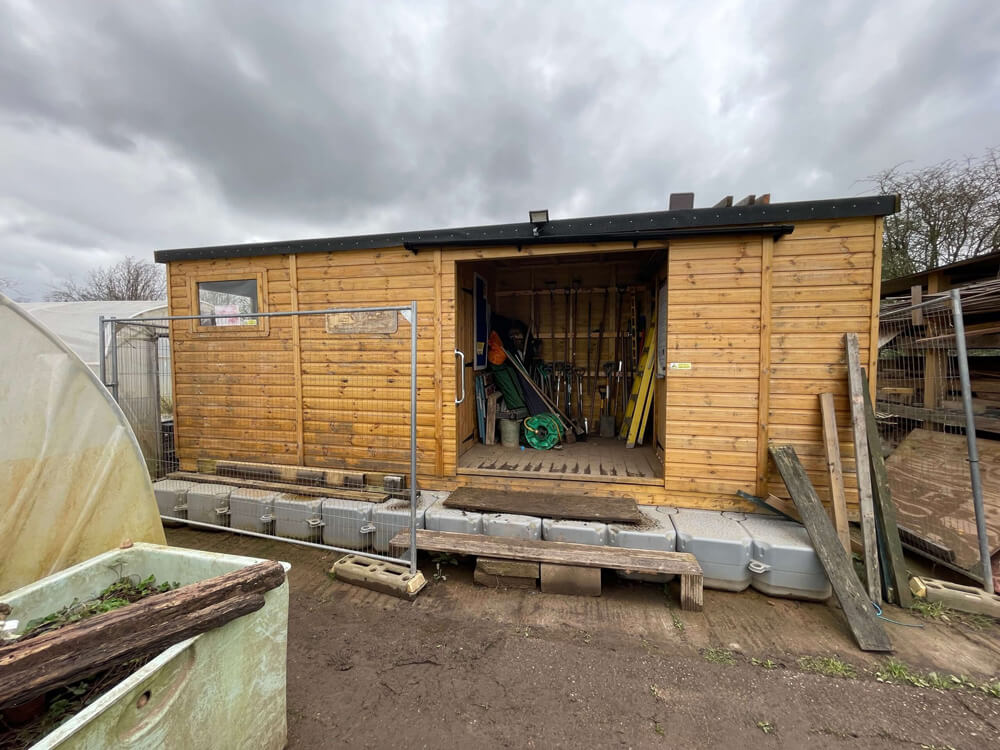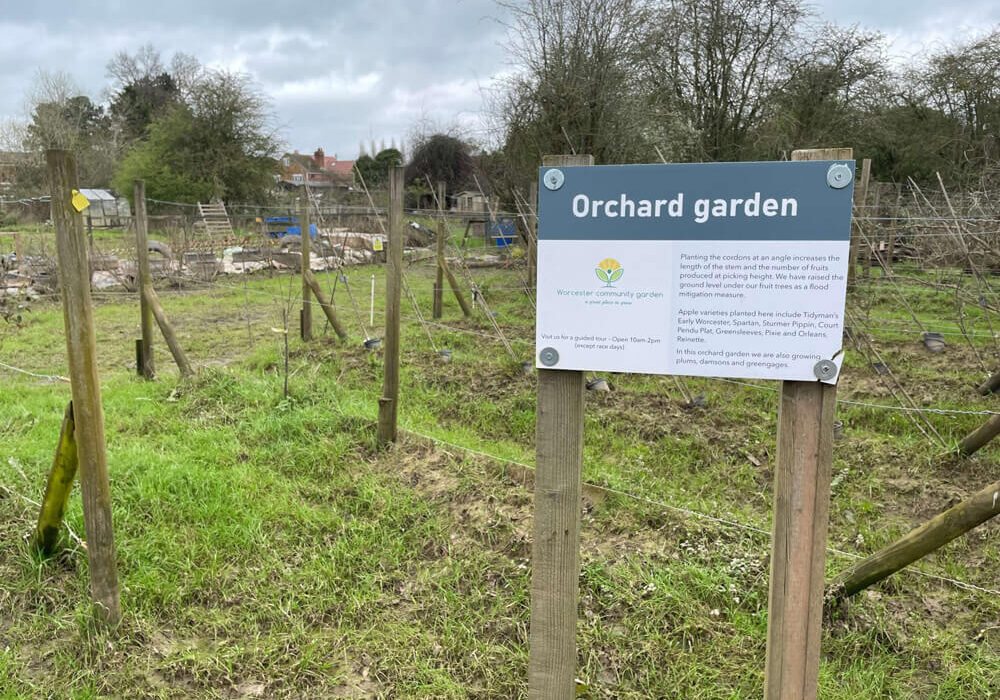Worcester Community Garden floating greenhouse!
The first time we have installed a Keder greenhouse that floats!
Worcester Community Garden (WCG) is part of Transition Worcester, a community group running projects throughout the city around sustainability and community resilience in response to climate change.
They are totally volunteer run, and open Monday to Friday and accommodate people of all ages, doing bug hunts with Primary School children and welcoming unannounced visitors.
The garden is a space for people to meet others, interact, learn new skills or simply relax.
WCG champion mental wellbeing and have referrals direct from GPs for patients who suffer from anxiety and social isolation, and from organisations such as Mencap and Age UK.
They hold workshops throughout the year covering different topics including dyes from flowers, macrame pot hanging, wreath making and posy making.
Over 50 types of flowers are grown on site, of which many are sold at the little store at the front of the garden.
The garden currently has nine small demonstration gardens to inspire and encourage its many visitors to try new ideas in their own gardens.
Fruit and vegetables are also grown and sold – these include tomatoes, beans, aubergines, courgettes, apples, plums, raspberries, and rhubarb. These are also used to make jams, marmalades, and ketchup for the stall.
Although there has been a garden on the site for over ten years, WCG only launched in January 2022. In 2023 they had an incredible 158 volunteers at the site and 5380 visitors. Over 5000 hours volunteer time in 2023, the highest in Worcester.
In 2023 they won a Green Award from BBC Make a Difference.
The community garden aspires to achieve as small a carbon footprint as possible, by recycling and repurposing, not using any chemicals and adopting a no-dig approach (tilling the soil releases carbon into the atmosphere whilst organic soil traps carbon).
One of the biggest challenges to the site is flooding – the floods bring damage and destruction, mud and debris, and leave a layer of grime, which the volunteers have to clean up.
They have been flooded numerous times already in 2024 and are combatting this by using floating pontoons for their structures. They already have beehives on a pontoon and the main storage shed.

The next pontoon structure will be a Keder Greenhouse measuring 3m by 6m and they also have plans to use a solar powered watering system in the structure.
A floating base will be constructed and anchored to four steel poles in each corner, stopping the greenhouse from floating away. A solid platform will then be made on top of the base, to which the greenhouse can be fixed.



As you can see in some of the photographs, flood water has left its mark on the existing structures and the existing floating shed certainly works and stops the destruction that the water leaves.
The next part of the blog will be about the construction of the greenhouse on the pontoon and a number of photographs – hope you enjoy!


